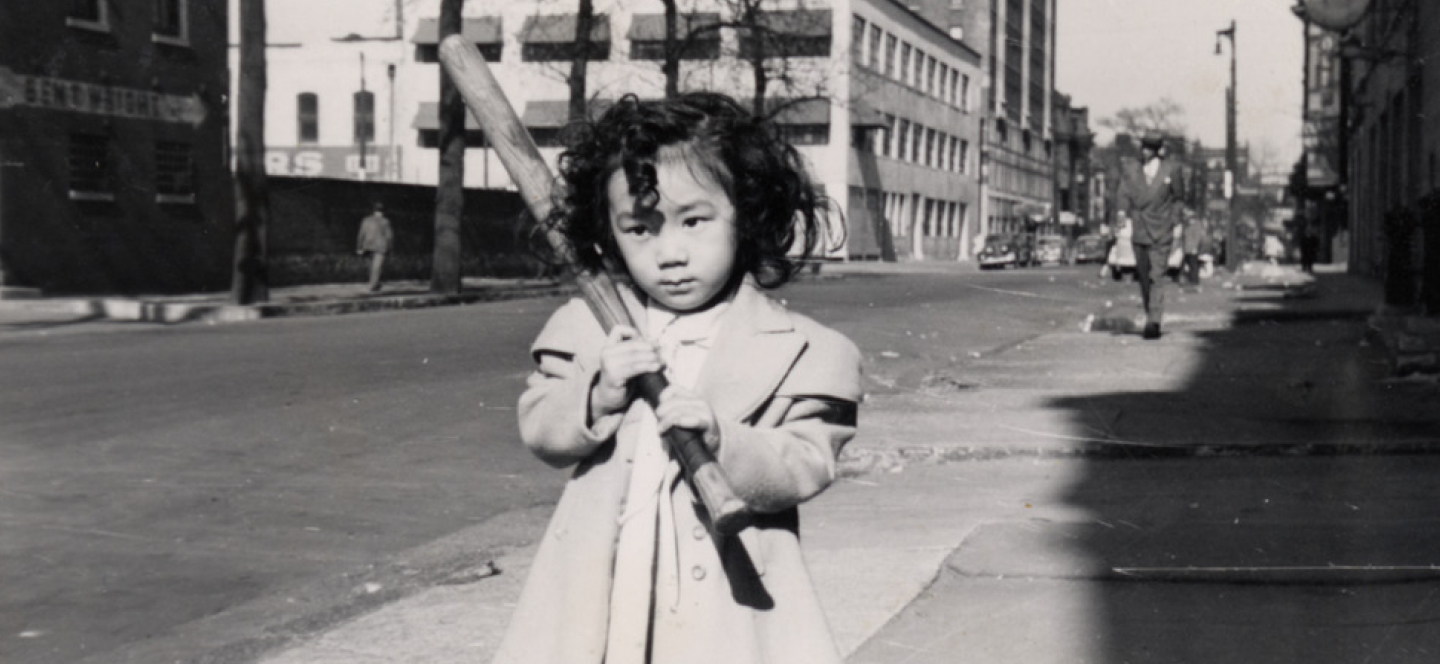All Posts
View Other Categories
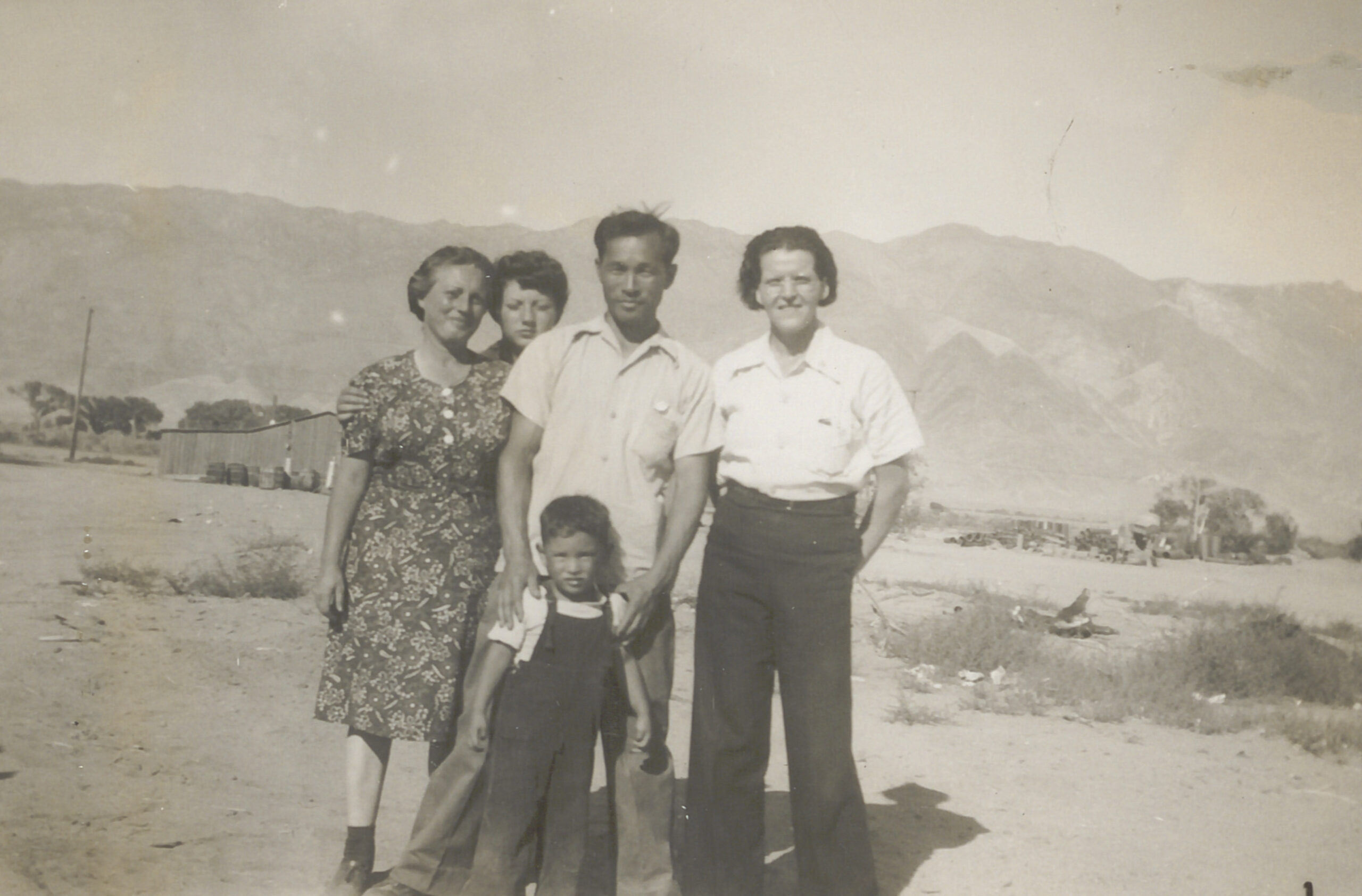
Racial Obsession, Family Separation, and the Mixed Marriage Policy of America’s WWII Concentration Camps
In this excerpt adapted from her new narrative history, Together in Manzanar: The True Story of a Japanese Jewish Family in an American Concentration Camp, Tracy Slater delves into the…

New Densho Encyclopedia Articles Highlight Lesser-Known Chapters of Manzanar History
Manzanar is perhaps the most well-known of the ten War Relocation Authority concentration camps where Japanese Americans were incarcerated during WWII, thanks to popular media portrayals from Farewell to Manzanar…
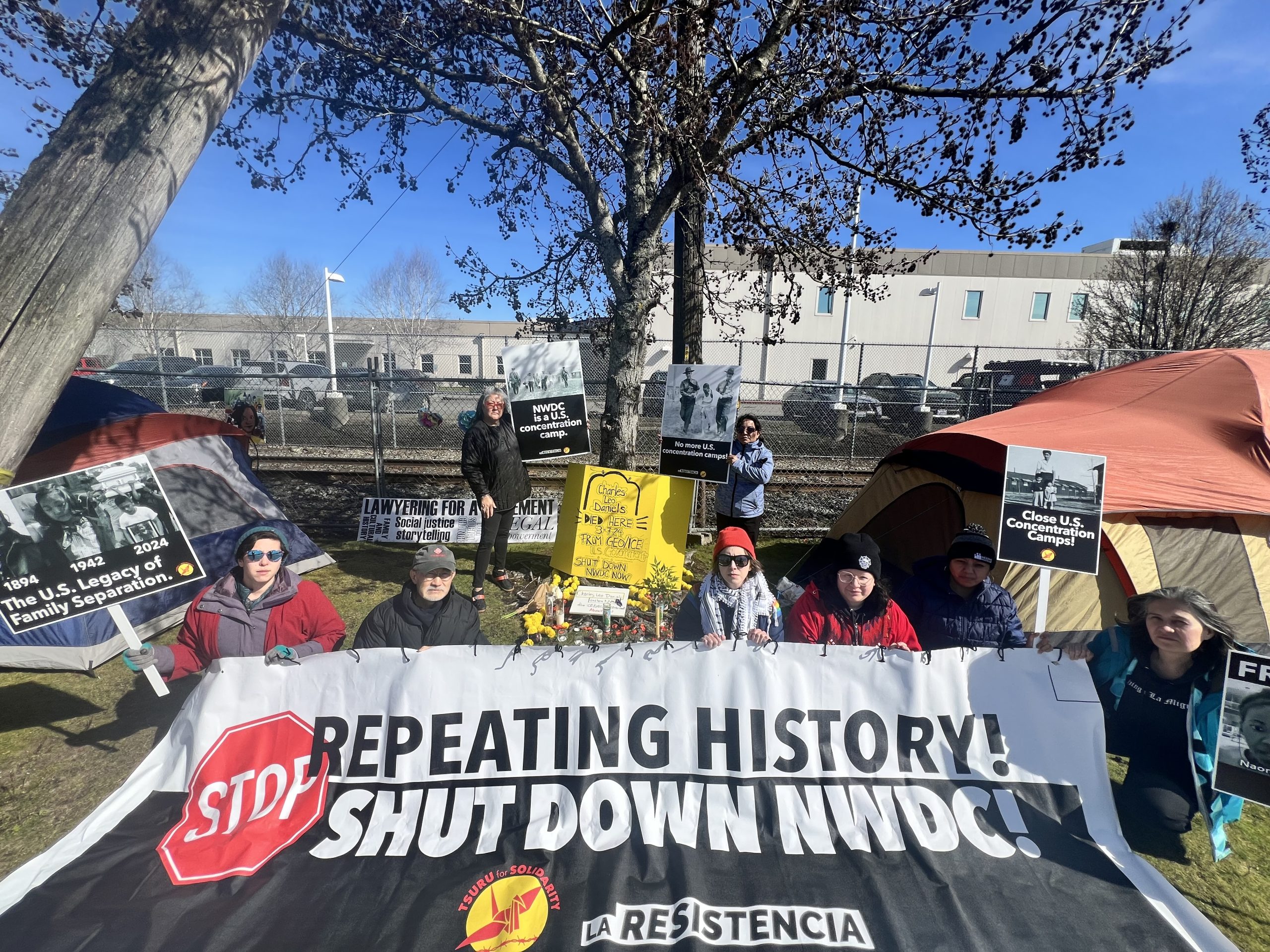
A Poston Survivor Speaks Out To Say “Stop Repeating History!”
Last month, we joined a special gathering of the Seattle Japanese American community hosted by Tsuru for Solidarity. Around 150 people came together to reflect on the connections between the…
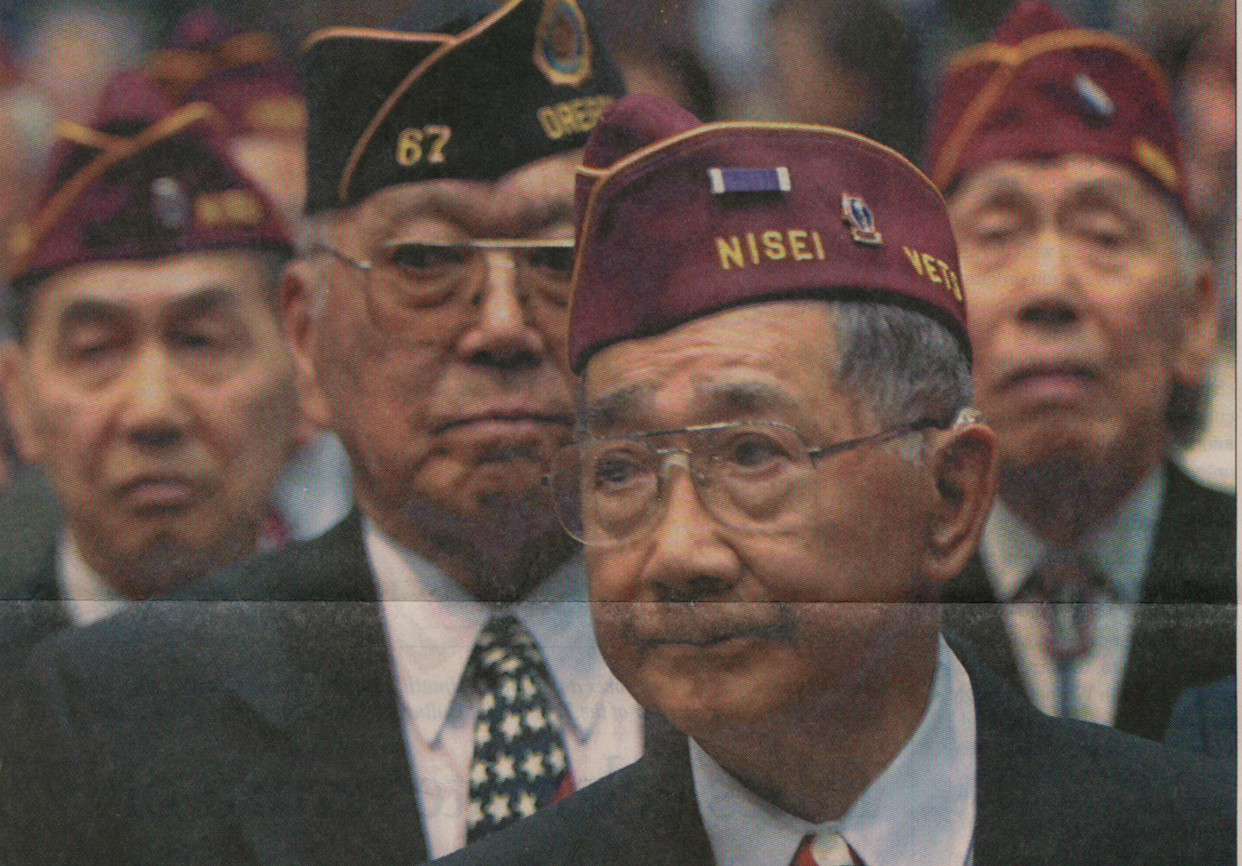
The Legacy of the Military Intelligence Service Northwest Association
In March 2001, while at a Medal of Honor Ceremony to recognize Private First Class William K. Nakamura and Technician Fifth Grade James K. Okubo, Seattle Mayor Paul Schell reflected…
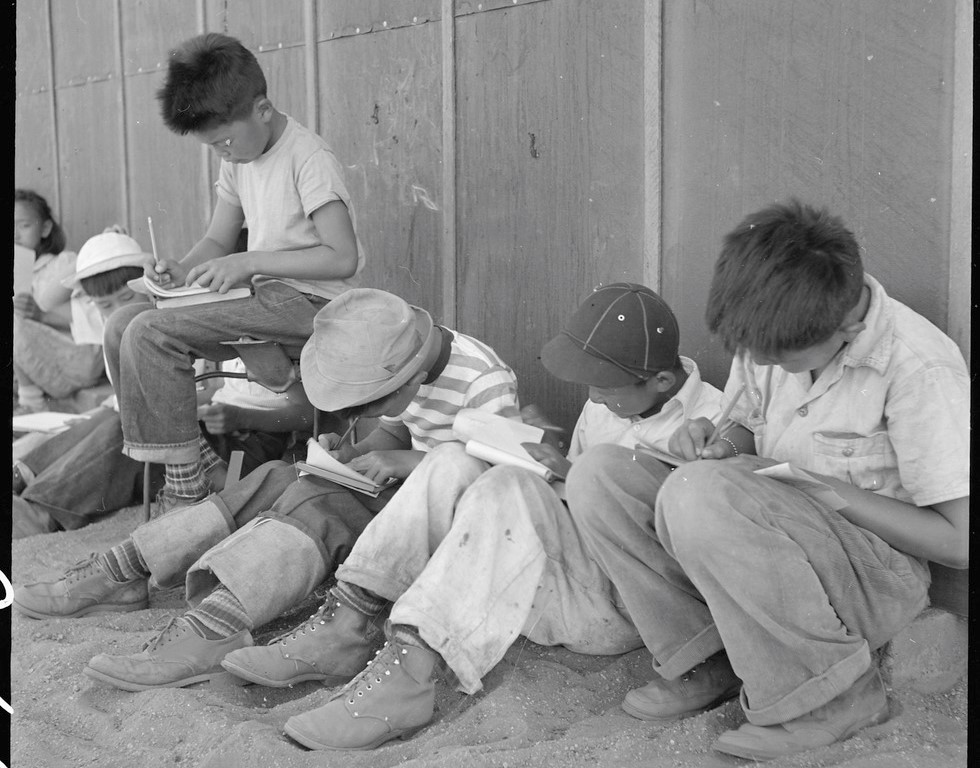
Why Educators Should Teach the History of Japanese American WWII Incarceration — Now More Than Ever
As educators, we have a moral responsibility to teach the full and honest history of our country — especially the stories that disrupt dominant narratives of freedom, justice, and democracy….
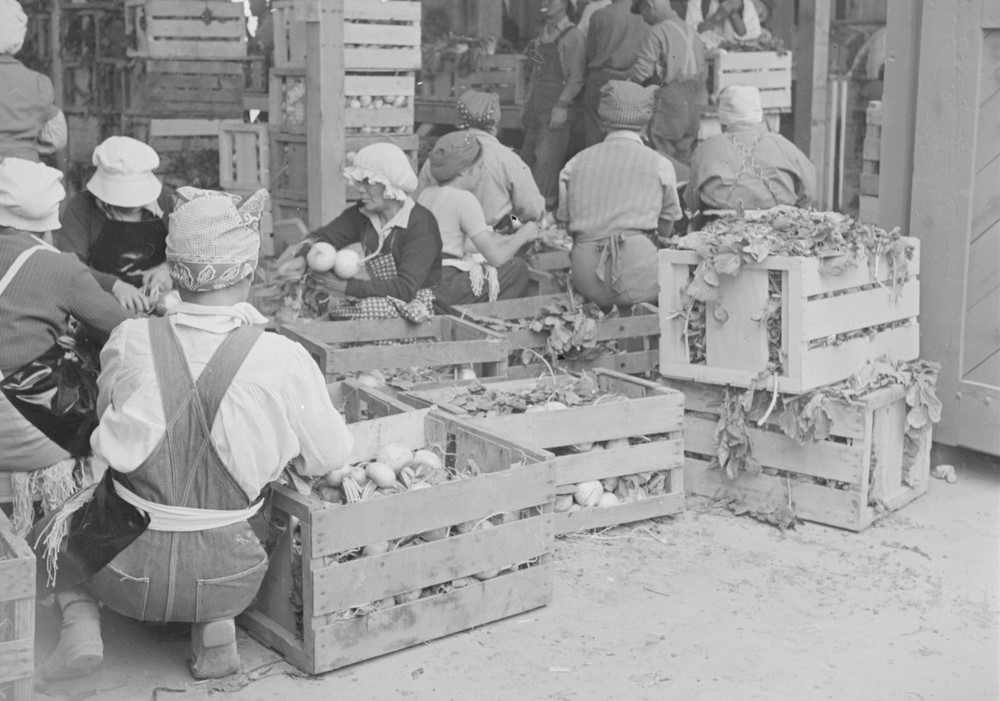
The Labor History of Japanese American Incarceration during WWII
This May Day—also known as International Workers’ Day—we take a look back at the intersection of labor history and Japanese American incarceration during World War II. Japanese Americans were expected…
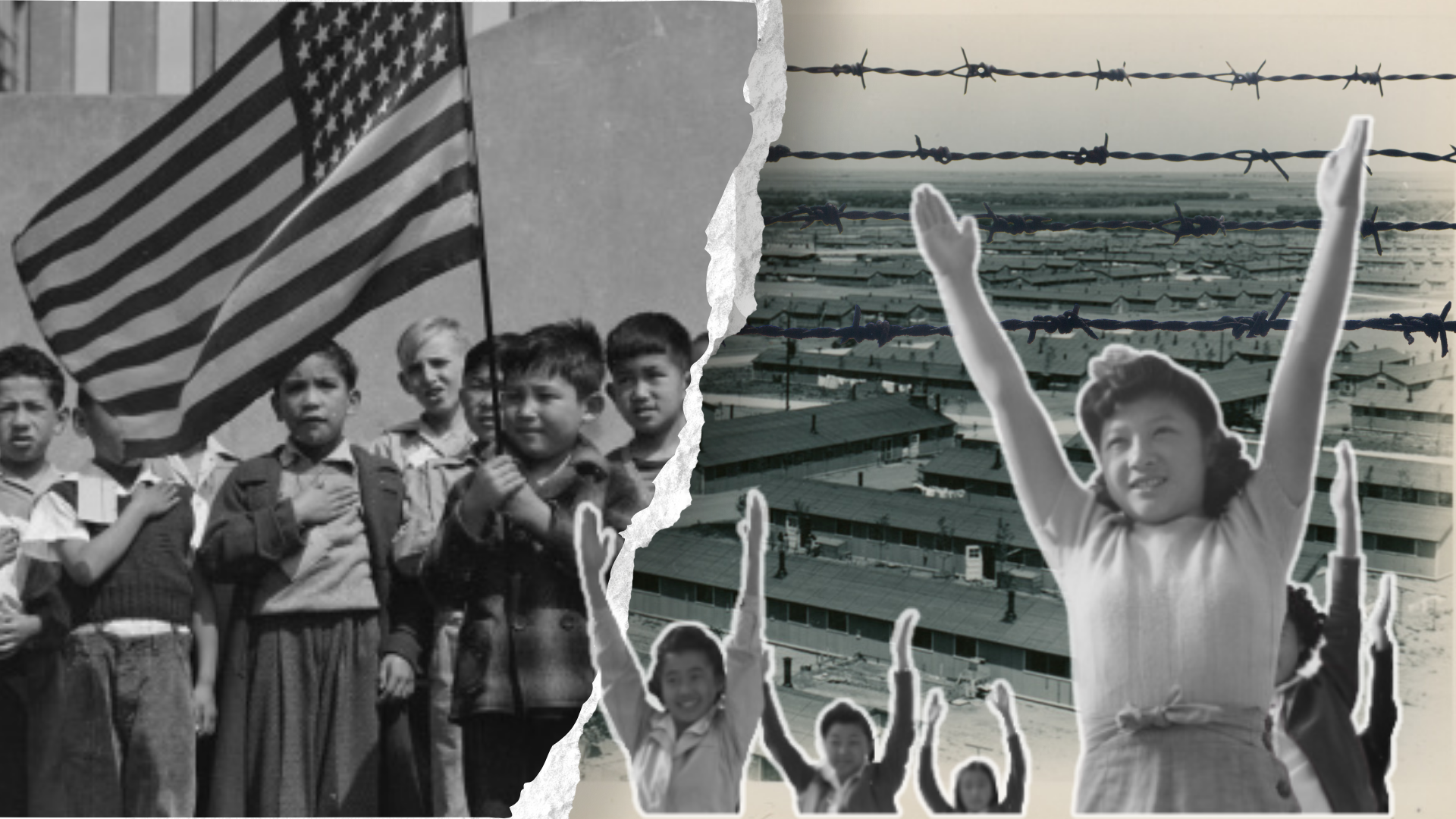
Densho’s Commitment to Rejecting Censorship and Preserving Truth in the Archives
At Densho, we know what it means to have your history distorted or silenced. Our organization was founded to ensure that the stories of Japanese Americans, especially those forcibly removed…
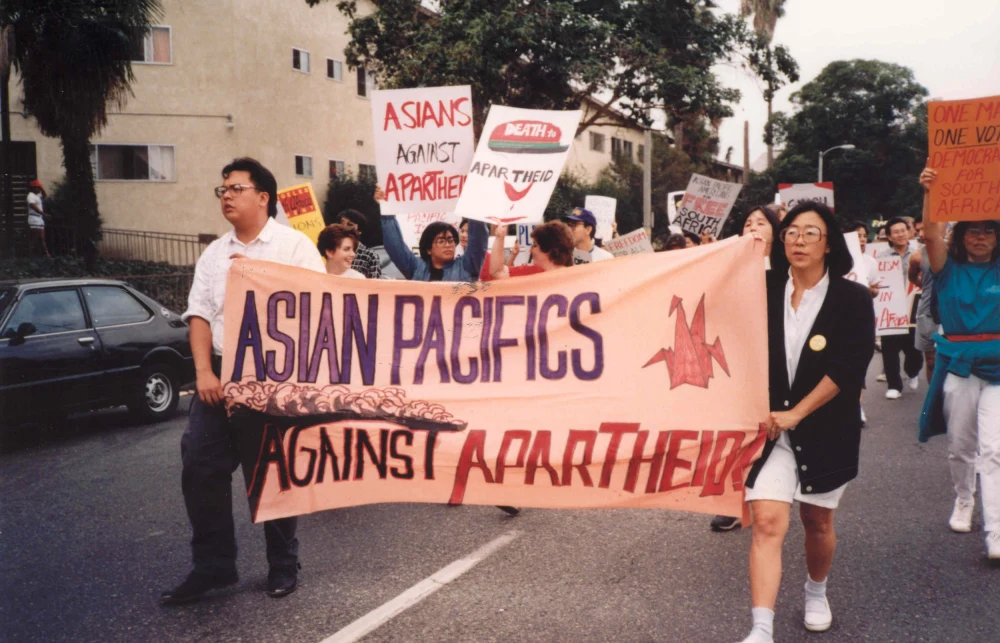
Women in the Redress Movement and Beyond: A Conversation with Kathy Masaoka
Kathy Nishimoto Masaoka, a child of WWII incarceration survivors, was born and raised in multicultural Boyle Heights, California. She served as a high school teacher for three decades and is…
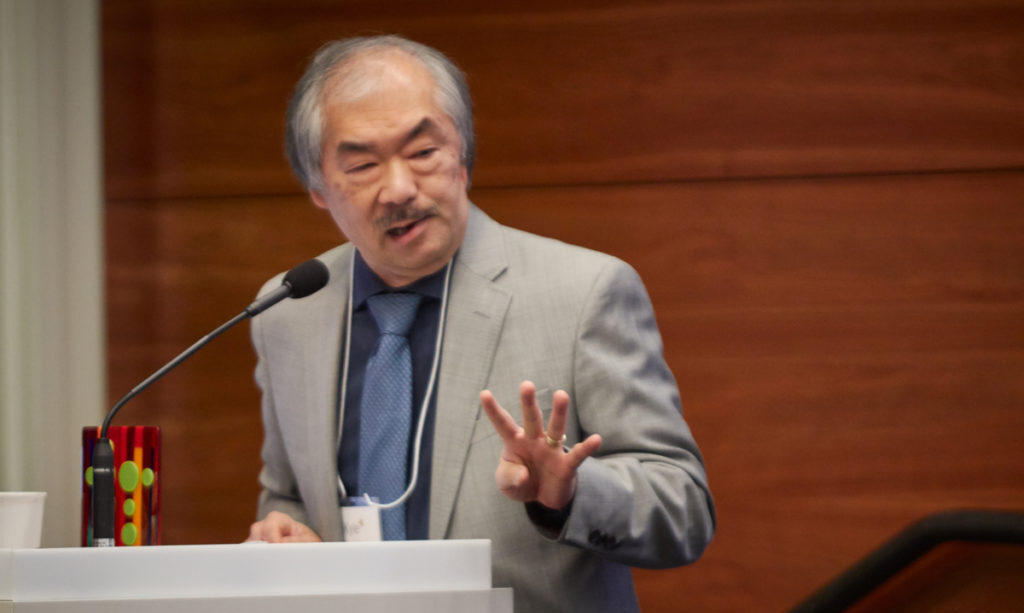
Educator Spotlight: Kyle Kinoshita
Dr. Kyle Kinoshita is the current co-president of the Seattle Japanese American Citizens League and a lifelong K-12 and University of Washington educator, serving as a teacher and school principal…
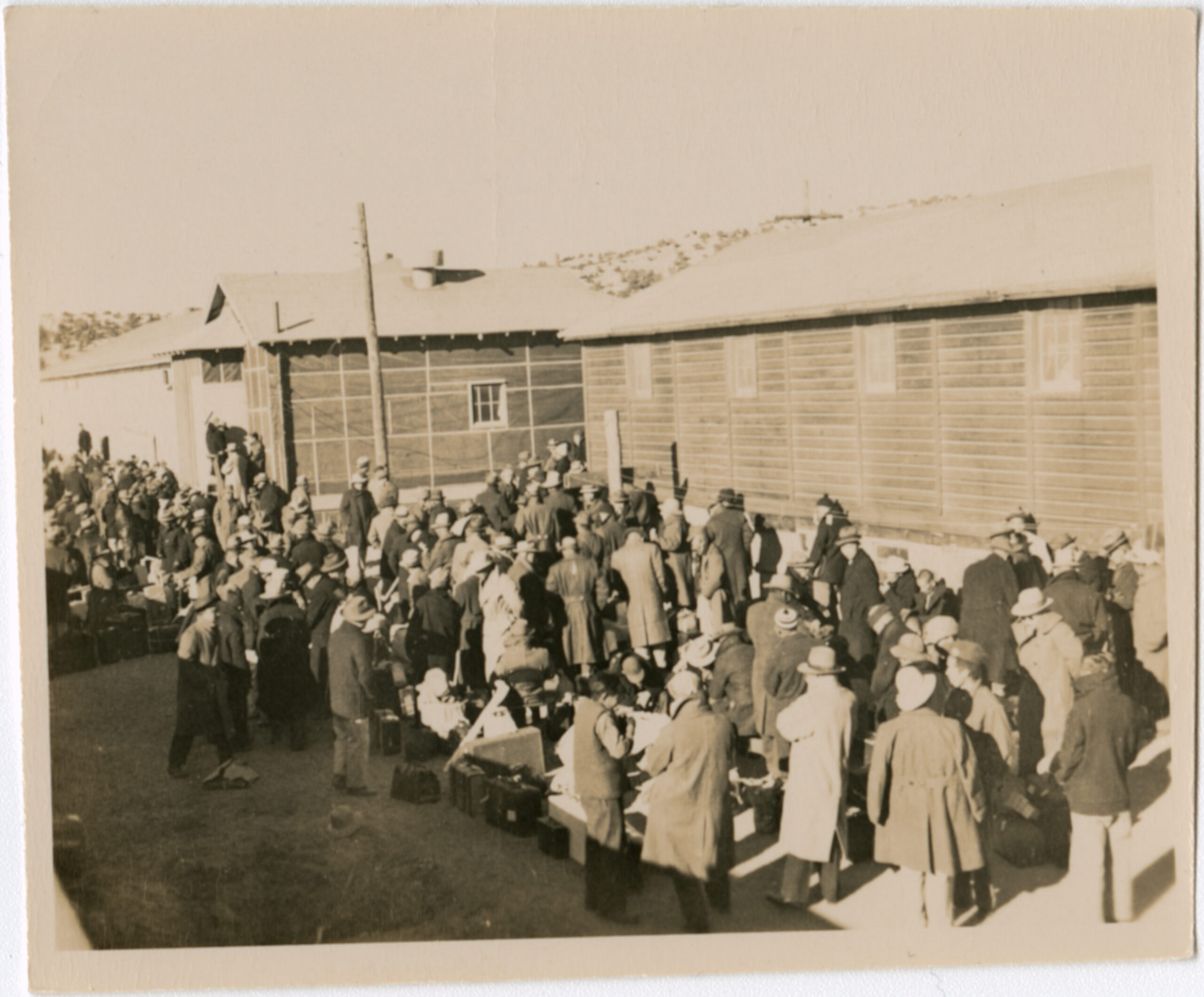
This Is What Detention Under the Alien Enemies Act Looked Like in World War II
Donald Trump’s recent attempt to invoke the Alien Enemies Act has sparked much interest in the roundup and internment of Issei during World War II, the most recent use of…
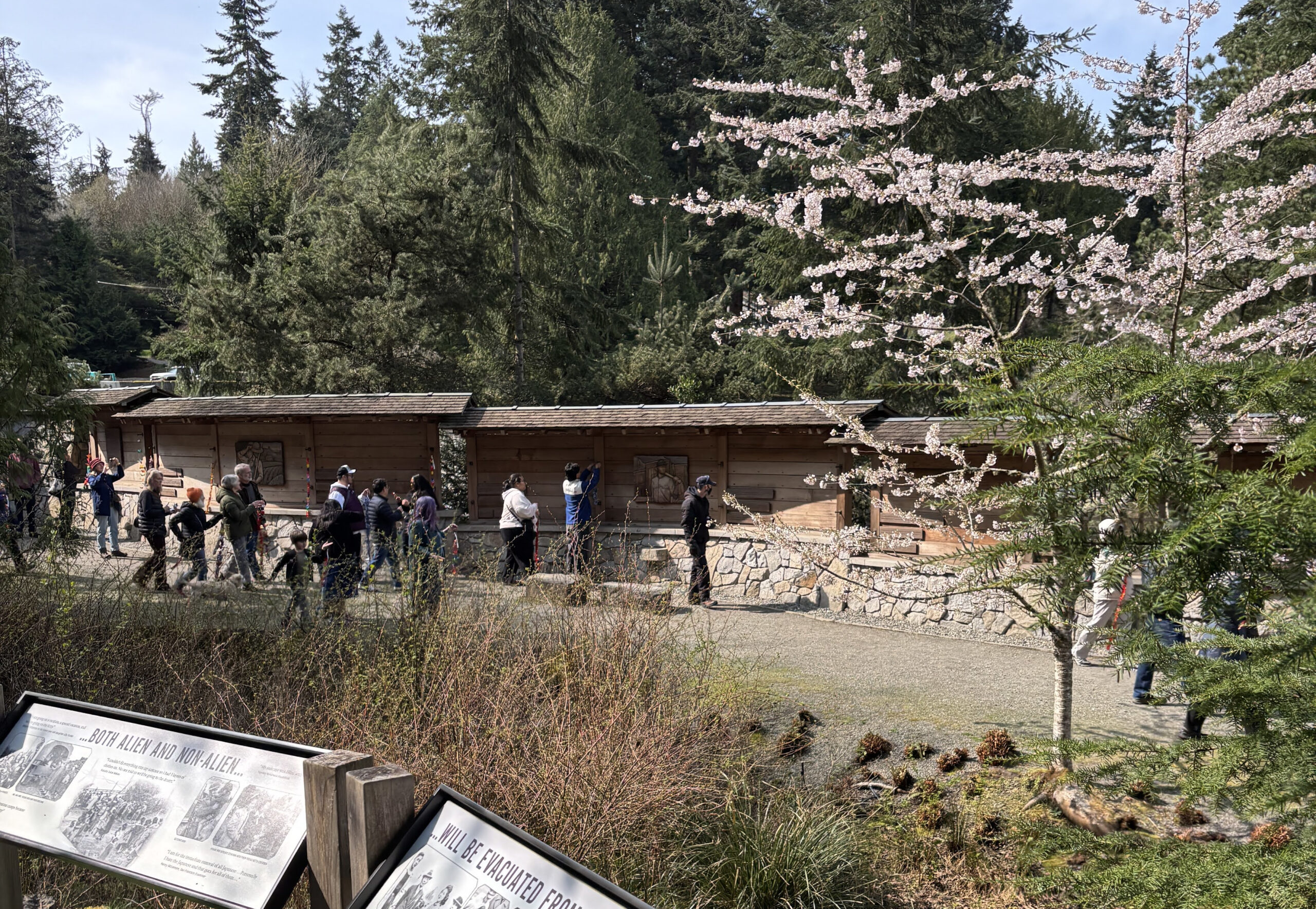
Photo Essay: Commemorating Bainbridge Island’s Japanese American History
This past weekend, the Densho team was honored to join the Bainbridge Island Japanese American Exclusion Memorial Association for the Commemoration of the 83rd Anniversary of the Day of Forced…
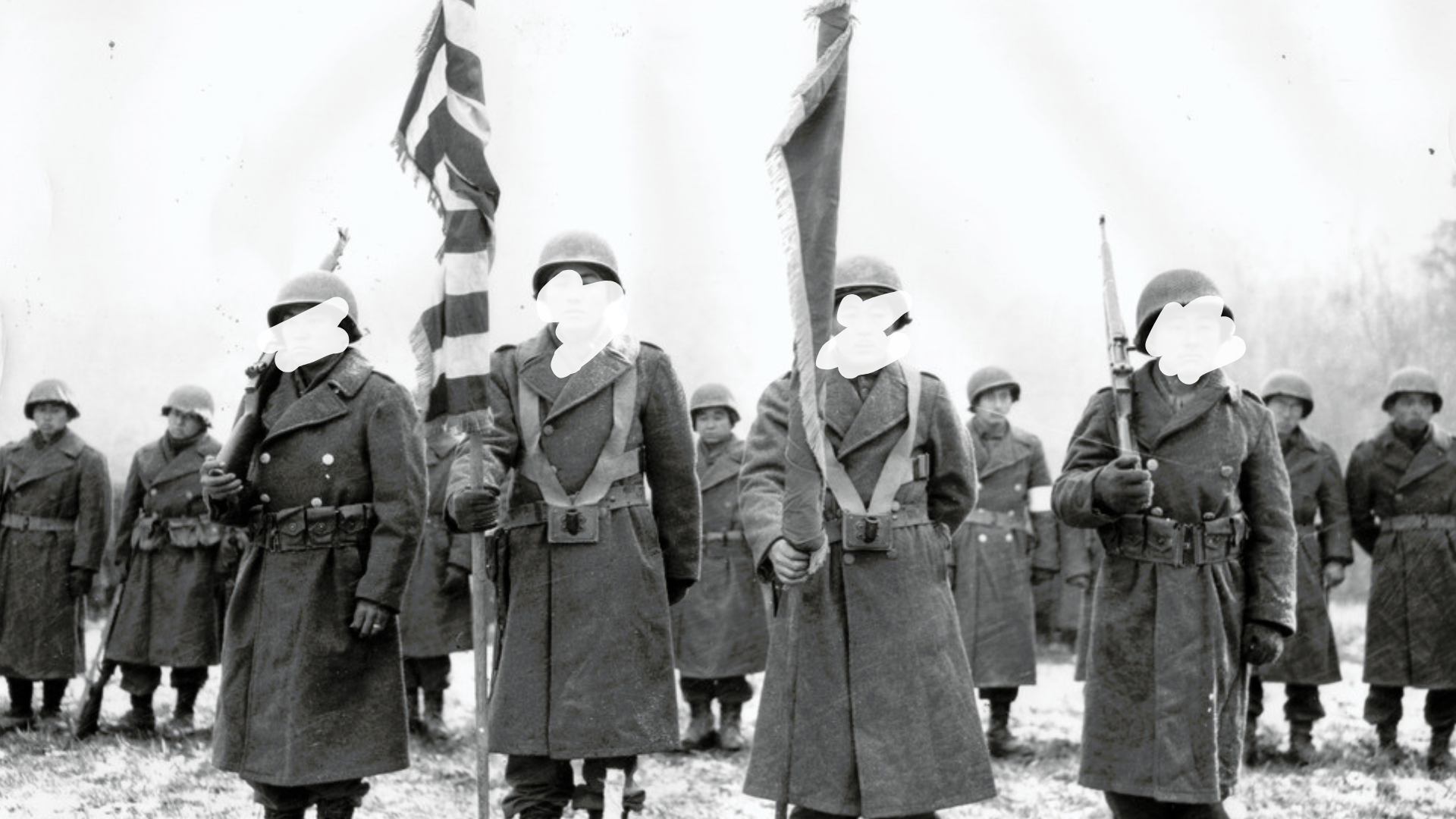
The Rise and Threats of Digital Erasure in Public Memory
Over the last week, the U.S. Army quietly removed and republished its webpage on the 442nd Regimental Combat Team (RCT), the famed all-Japanese American unit that became one of the…
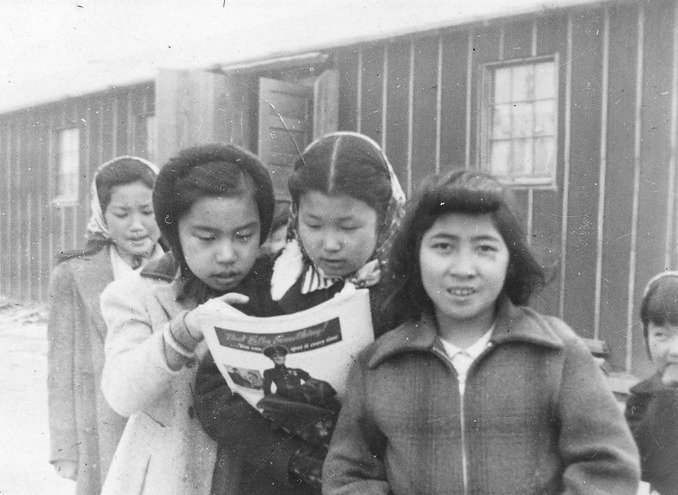
Teaching Civic Education Through Japanese American History
Civic education isn’t just about the past — it’s about understanding how history shapes our present and future. The incarceration of Japanese Americans during WWII provides a critical lens for…
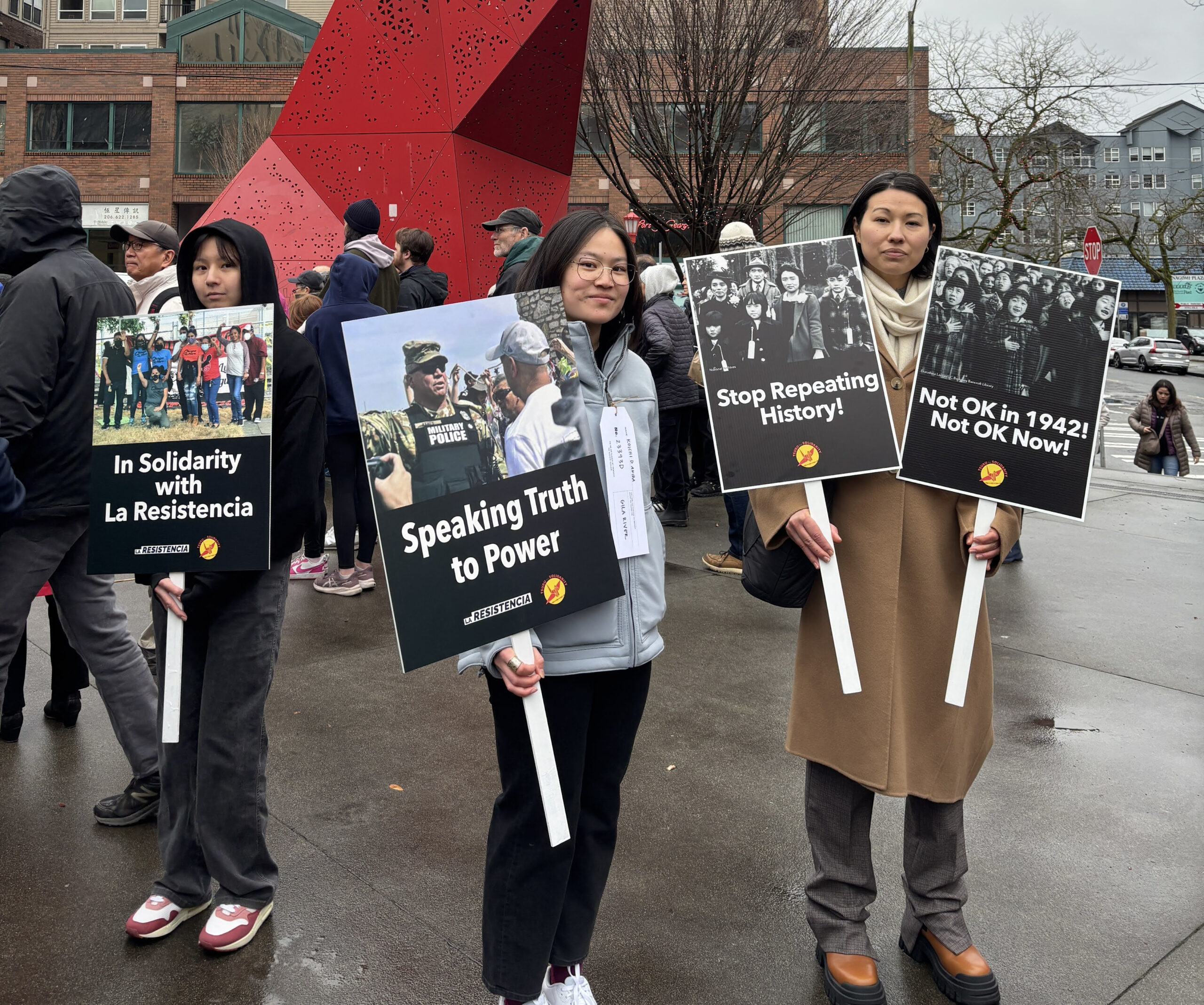
Photo Essay: Activating Our History on the Day of Remembrance
Earlier this month, we joined the Puyallup Valley JACL for a Day of Remembrance at the site of the former Puyallup Assembly Center on the Washington State Fairgrounds. This event…
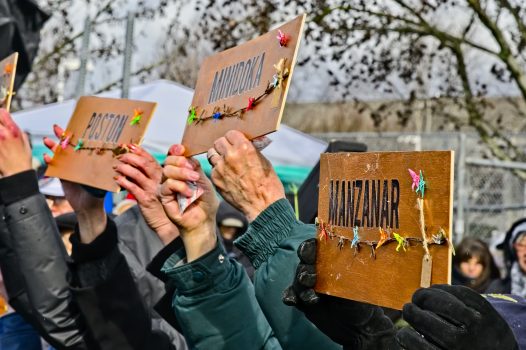
The Day of Remembrance Is a Critical Act of Collective Memory
We reflect today on the signing of Executive Order 9066 in 1942, which led to the forced removal and incarceration of over 125,000 Japanese Americans. As we honor the memory…
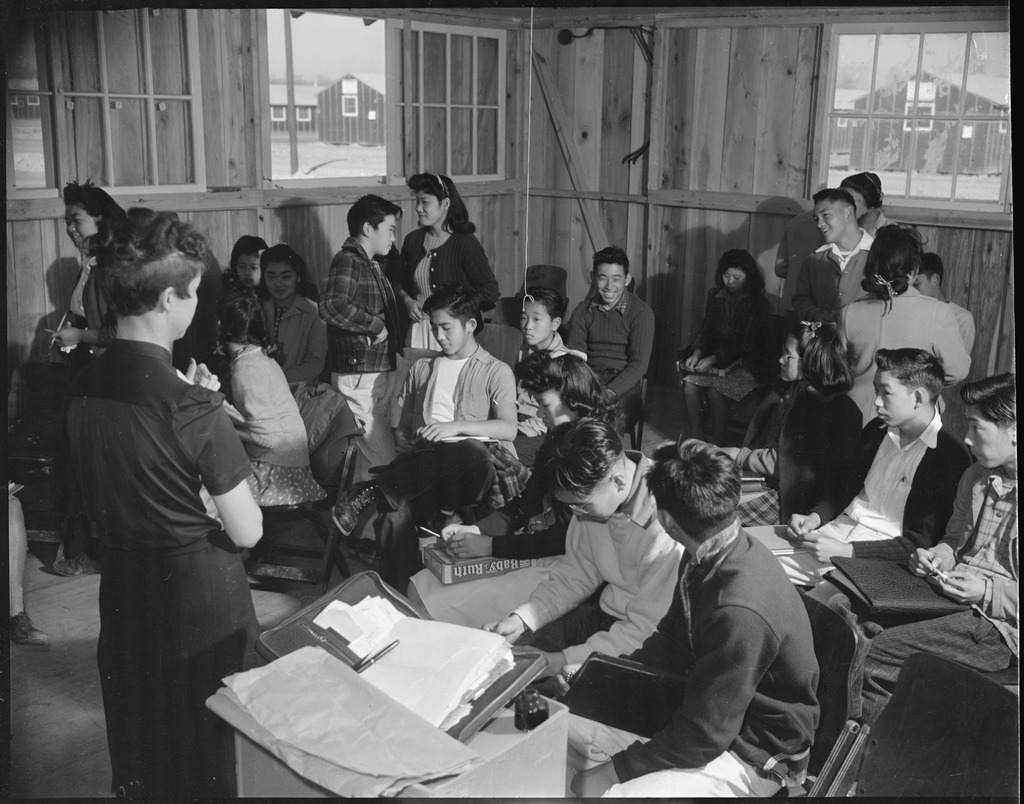
Educator Spotlight: Courtney Wai
Courtney Wai began her career as a middle school English Language Arts teacher in the Rio Grande Valley and later taught English as a Second Language in San Antonio ISD….
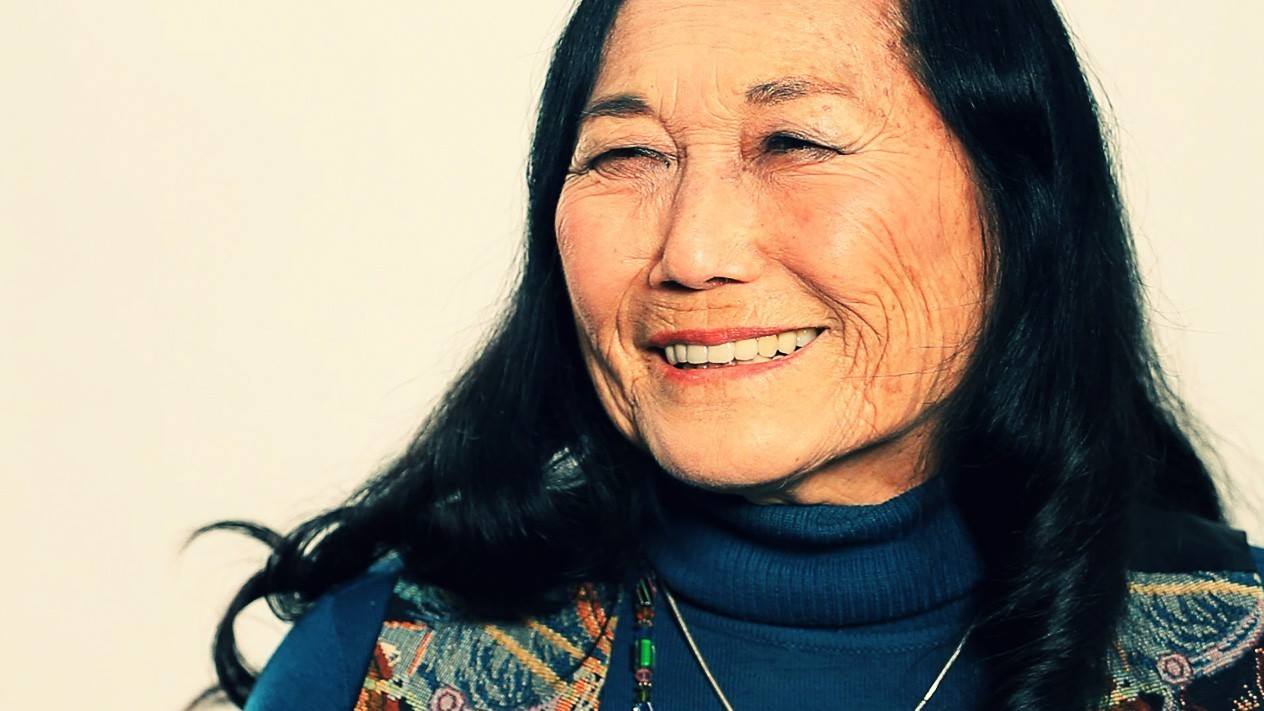
Remembering Jeanne Wakatsuki Houston
Densho mourns the loss of Jeanne Wakatsuki Houston, a key figure in sharing the story of the wartime incarceration in the 1970s.
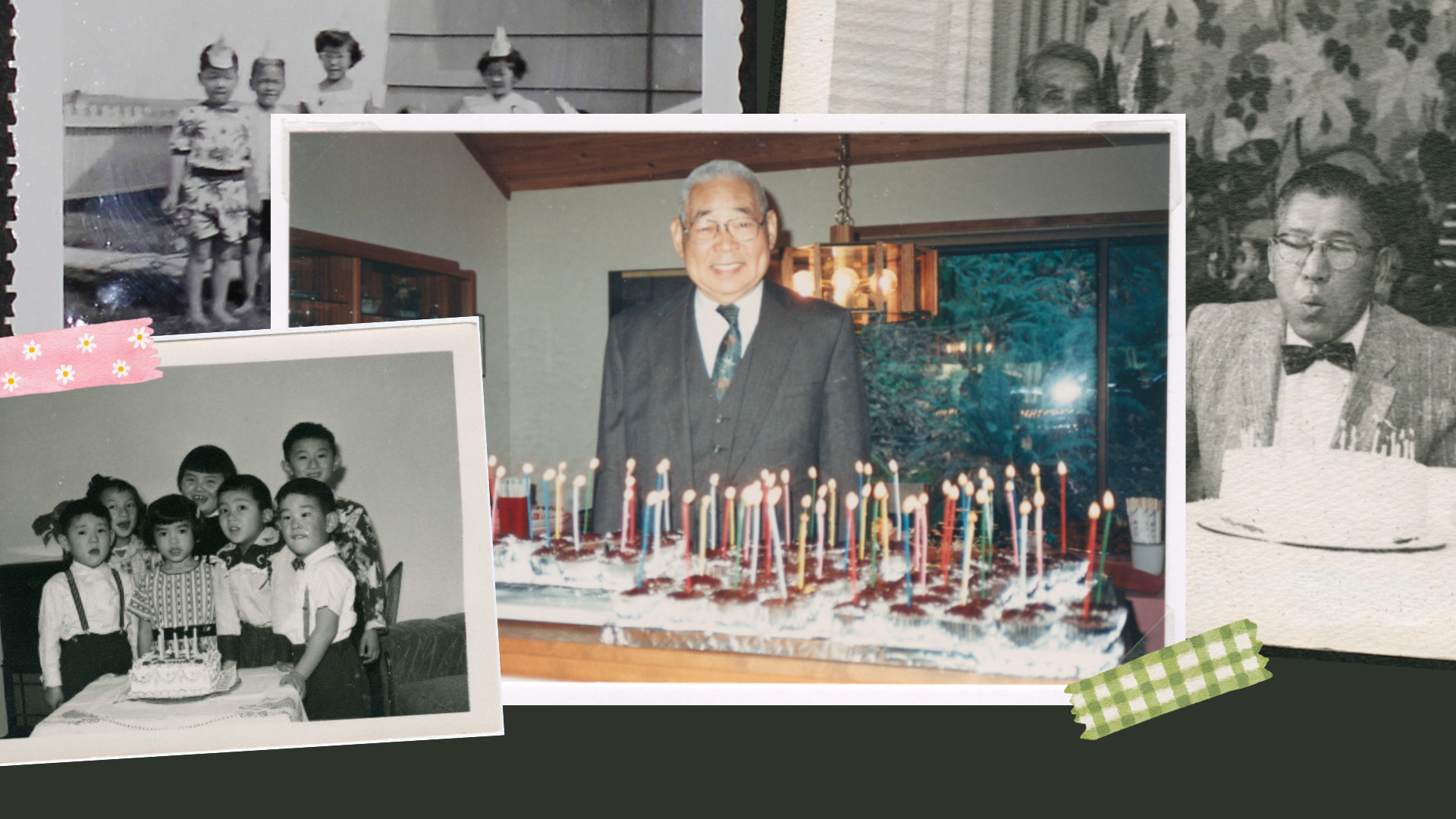
Nisei Notables Who Would Have Turned 100 in 2025
Continuing what has become an annual tradition as well as one of our favorite pieces to put together, here are some notable Nisei who would have turned one hundred years…
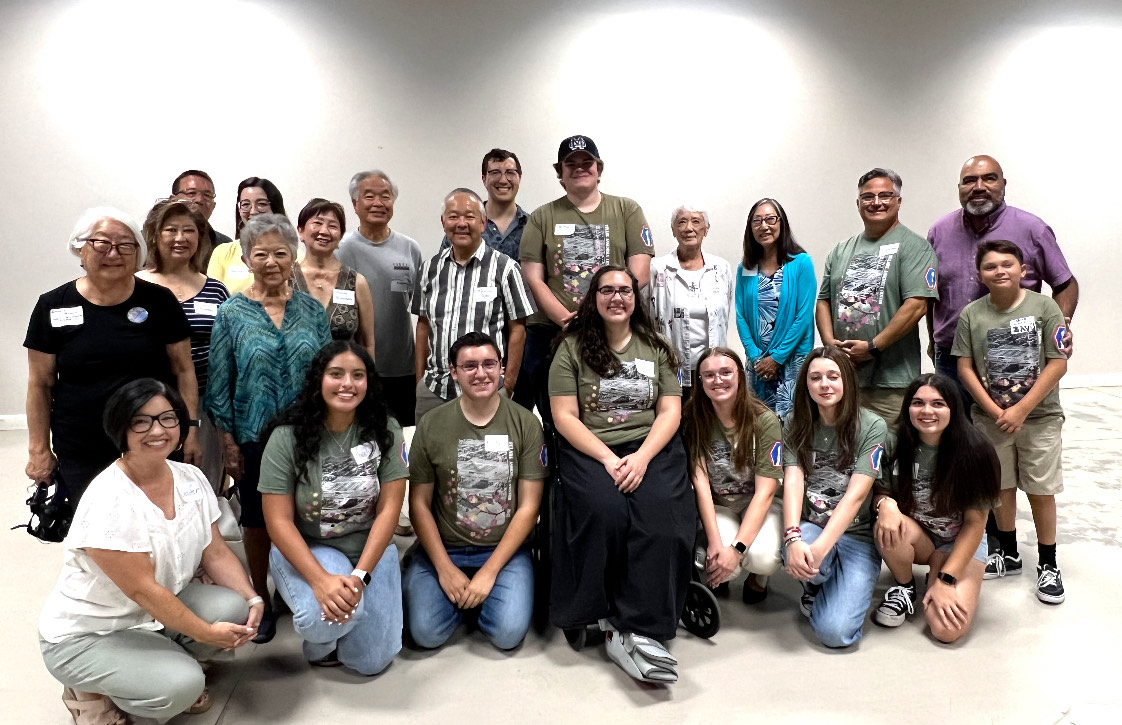
A Tulare Memorial Project Sheds New Light on a Little Known WWII Incarceration Site
Dr. Koji Lau-Ozawa is a postdoctoral fellow at UCLA and archaeologist studying the Japanese diaspora and intersections of Asian American and Indigenous histories. Much of his research focuses on the…
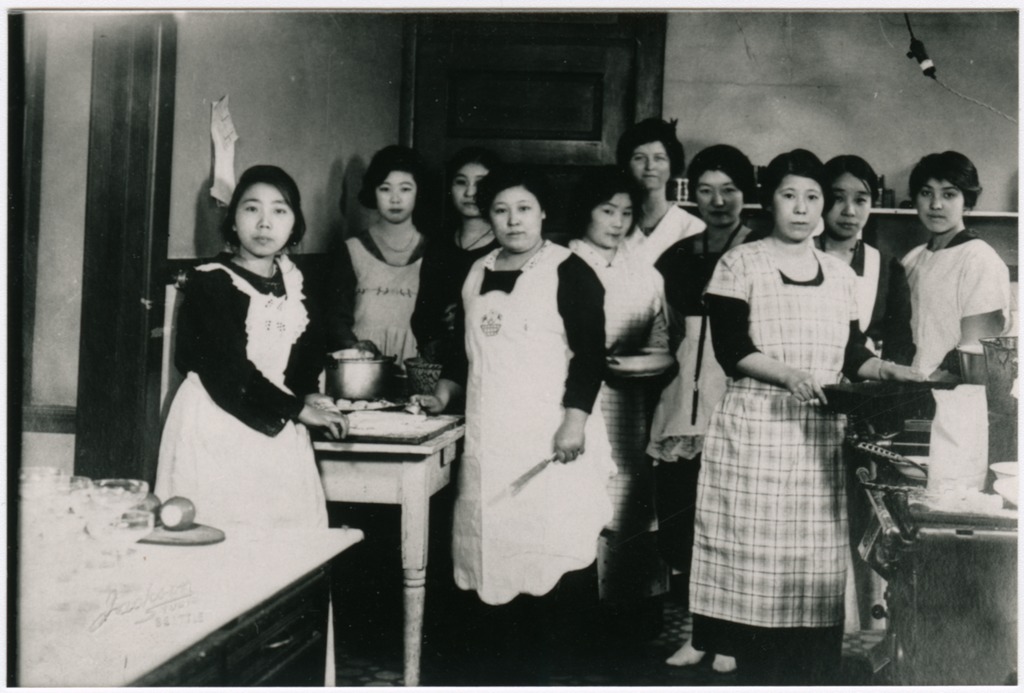
Food Sharing as a Method of Community Building in the Japanese American Courier
Newspapers have played an important role in informing societies of current affairs and influencing public opinion for centuries, as a primary form of communication and a main source of information…
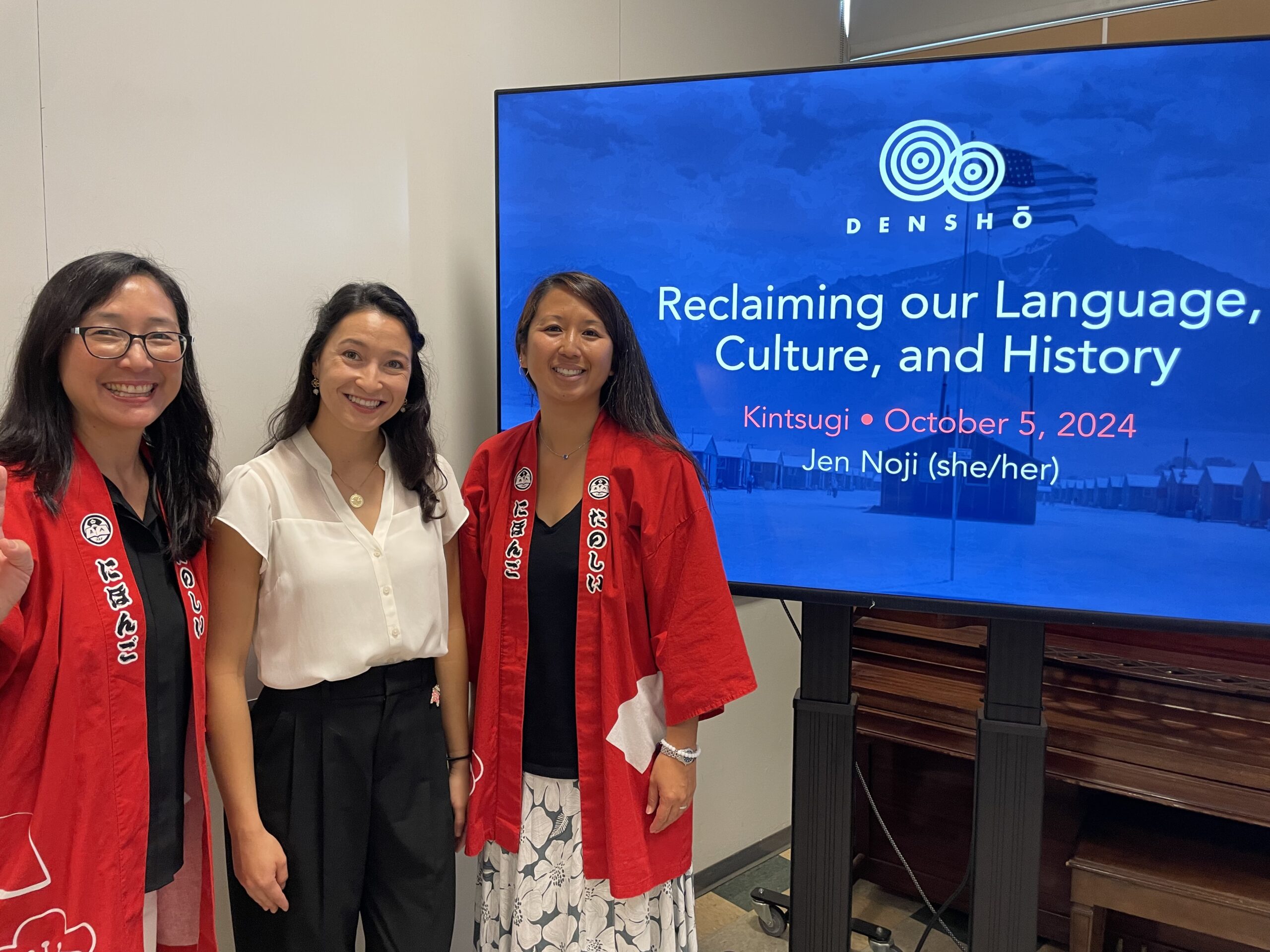
Reclaiming Japanese American Culture and Language after Decades of Erasure
Last month, Densho was invited to participate in Tsuru for Solidarity’s multi-day event Kintsugi 2024—a first-of-its-kind gathering for Japanese Americans focused on intergenerational trauma and repair. Densho Staff Writer and…
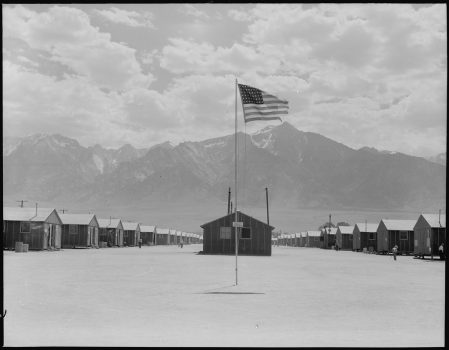
Resources for Critical Conversations about the History that Brought Us Here
In light of the election results, Densho is more determined than ever to continue our historical and educational work in pursuit of equal justice for all. As we come out…
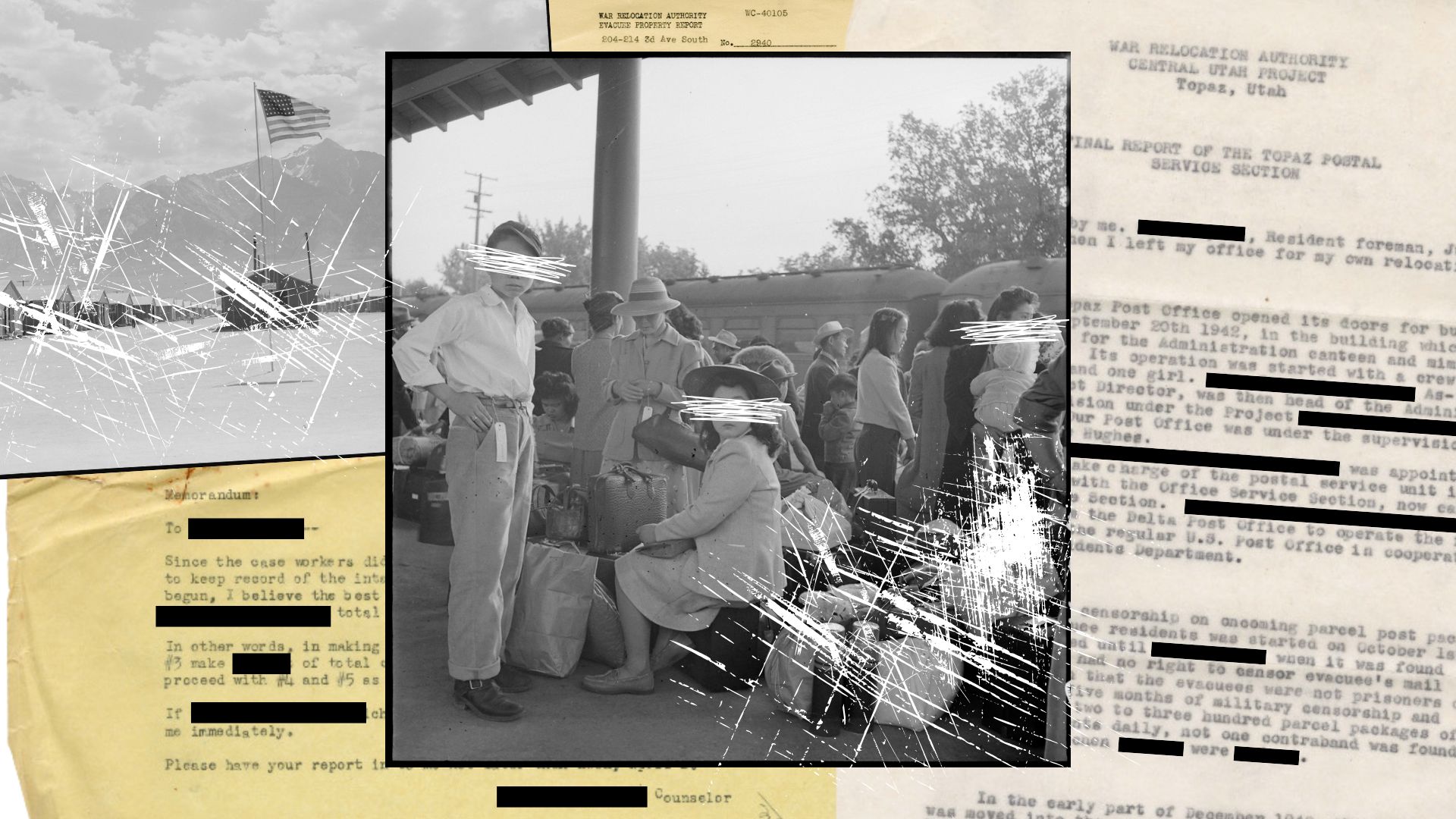
The National Archives Is Whitewashing “Ugly” Histories Like Japanese American Incarceration
The National Archives and Records Administration (NARA) is probably not a household name for most Americans. This federal agency oversees billions of documents, from the Declaration of Independence to electronic…
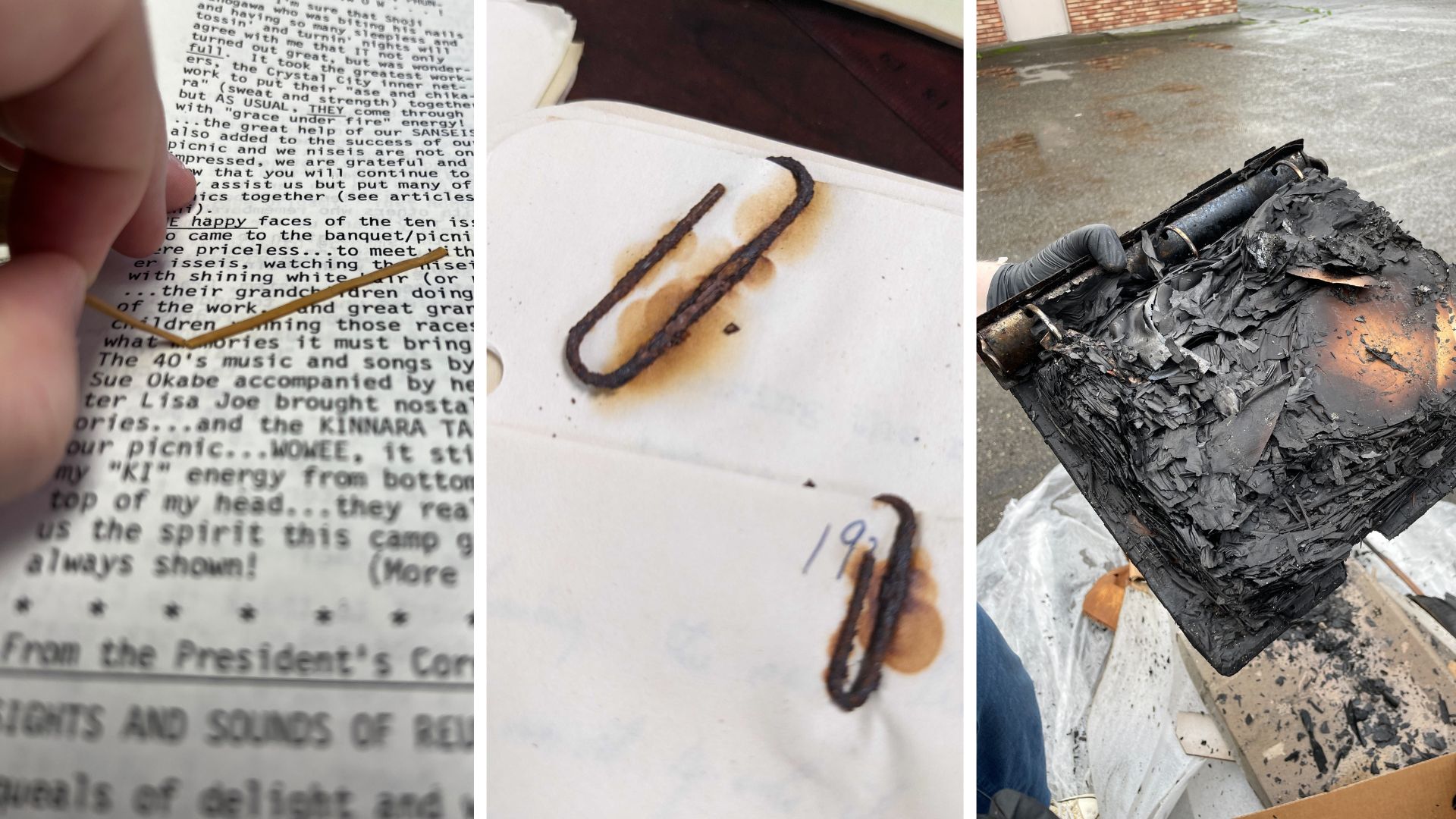
Archive Horror Stories
Fire, pests, and mold, oh my! These are the horror stories that keep our Densho archivists up at night. We’re wrapping up Archives Month with some of the most horrifying…
